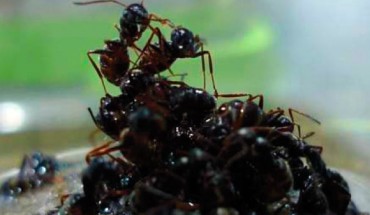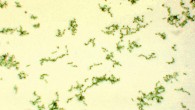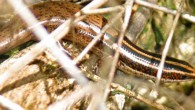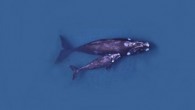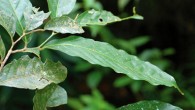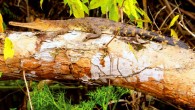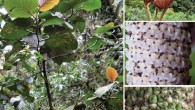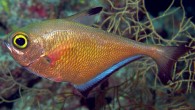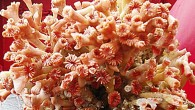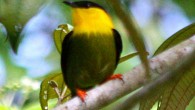A group of scientists from Switzerland say that the floodplain-dwelling ants (Formica selysi), when facing a flood, build rafts and use both the buoyancy of the brood and the recovery ability of workers to minimize injury. Furthermore, the queen ant is placed in the middle and protected on all sides by the rafting ants. The floodplain-dwelling ants, Formica selysi, building a raft. Image credit: Purcell J et al. When put in harm’s way, social...

